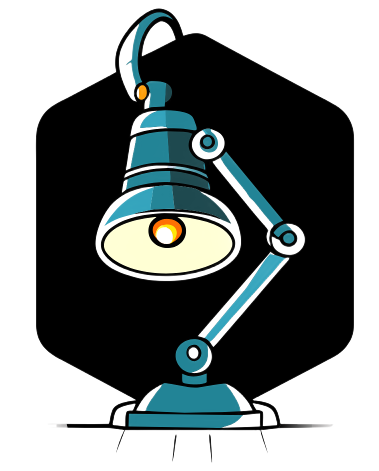Windows 10 with MBR
To determine the number of partitions on a hard disk with Windows 10 using MBR, you need to consider that MBR supports either three primary partitions and one extended partition or four primary partitions.
Configuring the Hard Disk with Windows Operating System
To configure the hard disk using the Windows operating system, follow these steps:
- Press the Windows key and R simultaneously.
- Type "diskmgmt.msc" and click "OK".
- The Disk Management window will open, allowing you to format the hard disk.
Configuring an External Hard Disk with Linux
To configure an external hard disk using Linux, follow these steps:
- Click the gear-shaped button.
- Choose the "Format Partition" option.
- A new window will open, where you can select the desired file system.
- Open the drop-down menu labeled "Type" to choose the file system.
Formatting a Secondary Hard Disk
To format a secondary hard disk using the Disk Management window, follow these steps:
- Right-click on the hard disk or partition icon in the main Disk Management window.
- Select the "Format" option from the menu that appears.
Formatting a USB Flash Drive with Xubuntu
To format a USB flash drive with Xubuntu, follow these steps:
- Open the file manager by clicking on the briefcase icon in the desktop sidebar.
- Right-click on the USB flash drive name in the sidebar.
- Choose the "Format" option.
Formatting a USB Flash Drive
To format a USB flash drive, follow these steps:
- Connect the USB flash drive to the computer.
- Wait for the drive to be detected and installed by the operating system.
- Find the USB flash drive in the computer’s resource menu.
- Right-click on the device and select "Format".
Restoring the File System of a USB Flash Drive
To restore the file system of a USB flash drive, follow these steps:
Method One: Check and Repair
- Connect the USB flash drive to the computer.
- Open "This PC" and select the USB drive.
- Right-click on the USB drive and choose "Properties".
- Select the "Tools" tab.
- Click on "Check".
- Wait for the scan to complete and close the window.
Restoring the BIOS of a Computer
To restore the BIOS of a computer, follow these steps:
- Press and hold the CTRL and ESC keys on your keyboard.
- Connect the AC cable to the notebook.
- Release the CTRL and ESC keys when the BIOS recovery screen appears.
- Choose "Reset NVRAM" (or "Reimposta NVRAM" if available) and click "Enter".
Fixing a Windows 10 Computer Freeze
To fix a Windows 10 computer freeze using Windows Recovery Environment, follow these steps:
- Press Windows + R, then hold SHIFT and restart.
- This will start the PC or computer in recovery mode.
Resetting the BIOS of an HP Laptop
To reset both the CMOS and BIOS on an HP laptop, follow these steps:
- Choose to power off the computer.
- Press and hold the Windows and V keys, as well as the power button.
- After 2-3 seconds, continue pressing and holding the Windows and V keys without releasing the power button.
Note: The BIOS reset process may vary depending on the specific laptop model.
